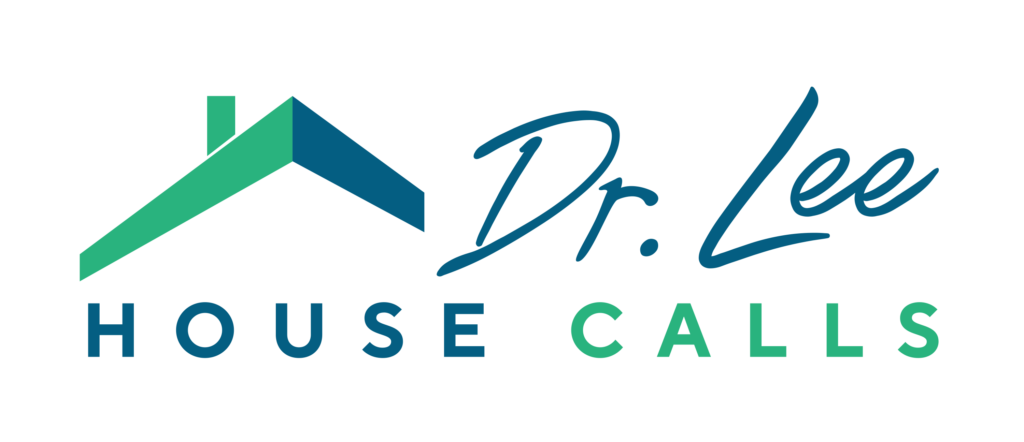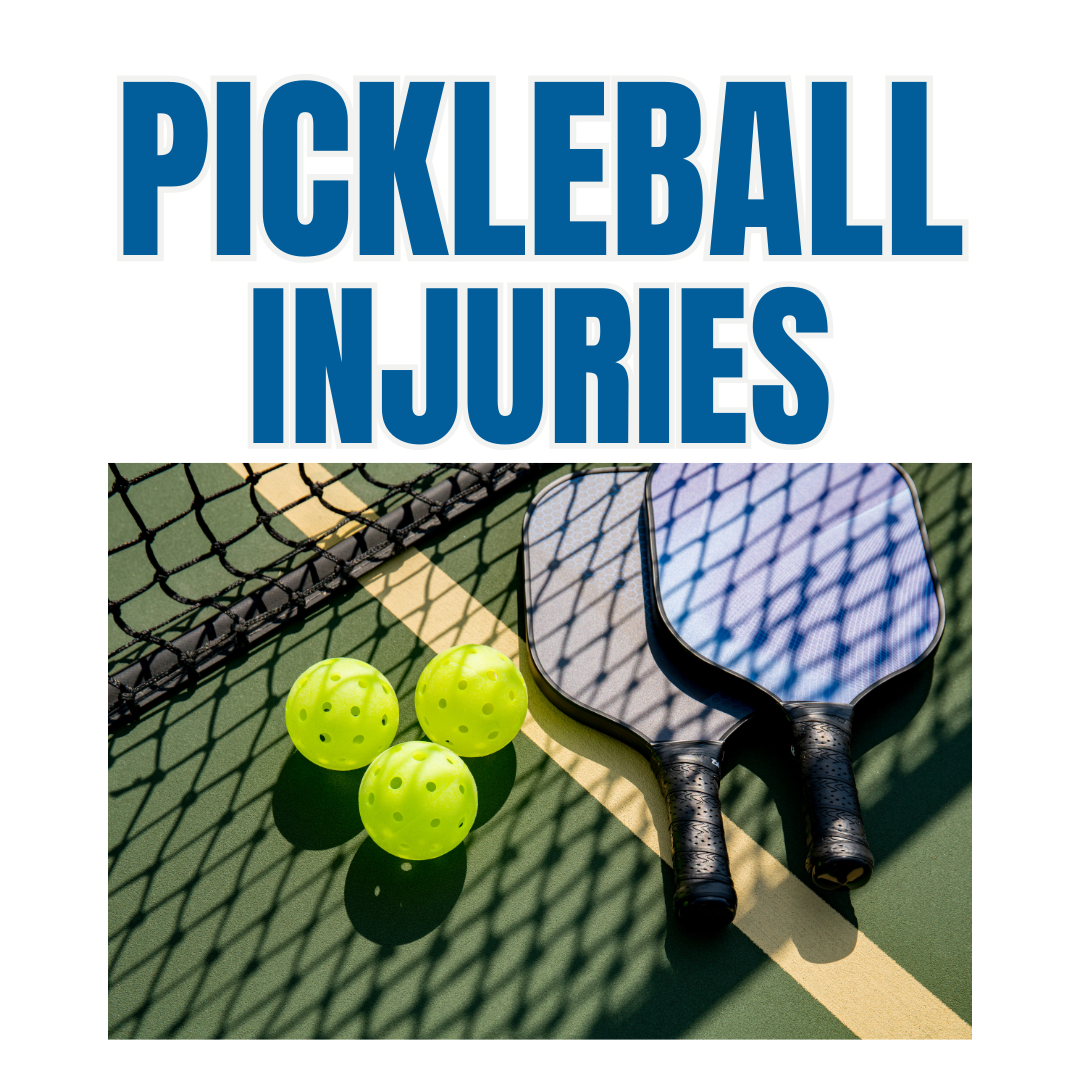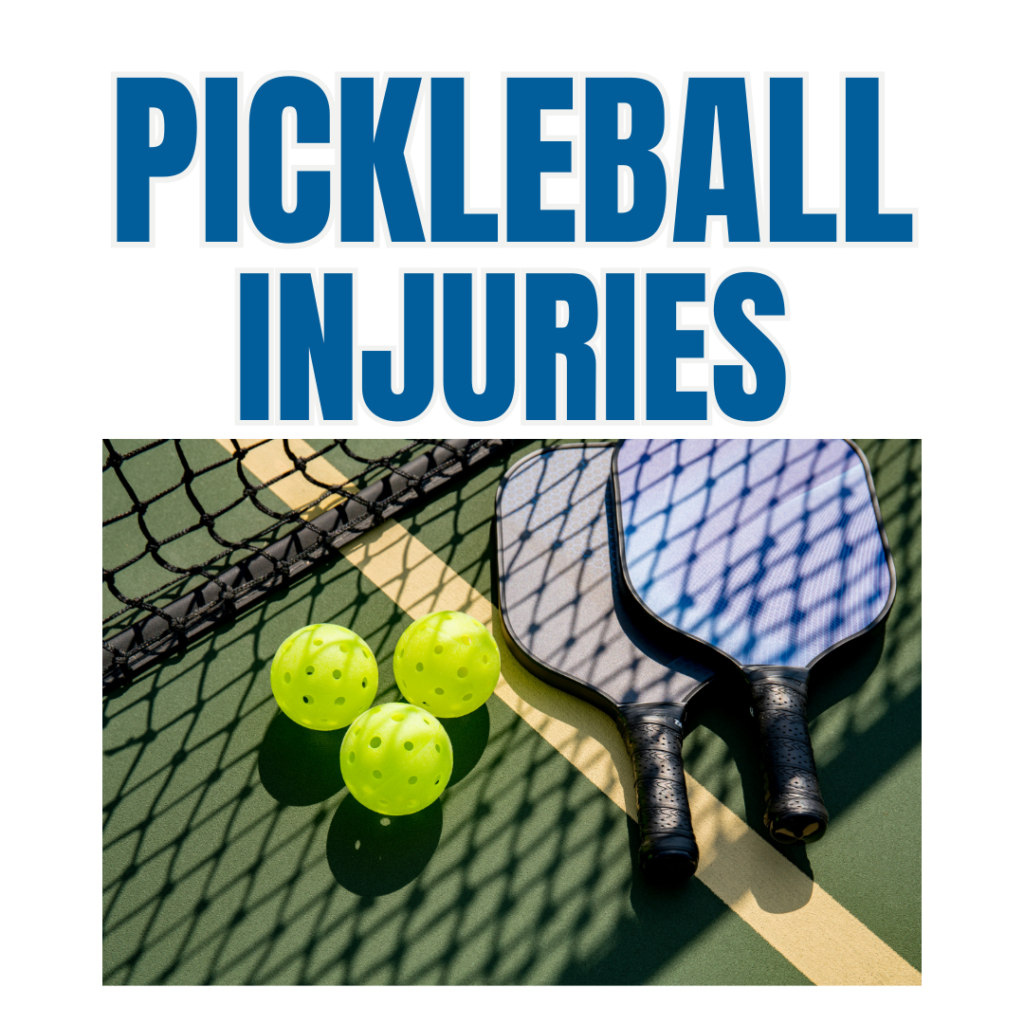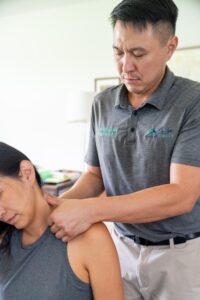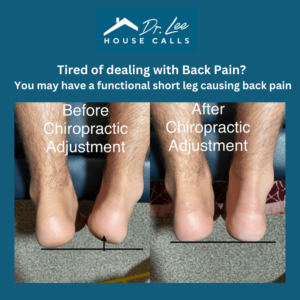Pickleball is a recreational sport that is gaining in popularity and has become one of the fastest growing sports in America.
Pickleball, a sport born out of the desire for a fun and accessible activity for people of all ages, has experienced an incredible surge in popularity in recent years. With its low entry barrier, welcoming social community, engaging gameplay, and an active community, pickleball has become a go-to sport for individuals seeking both recreation and competitive thrill. However, this rapid increase in participation has also brought about a concerning rise in pickleball-related injuries. Pickleball injuries are predicted to cost Americans $377 million in medical cost this year! They are expecting 60,000 ER visits in the next year! If you have been inactive for many years, In this blog post, we’ll explore how injuries occur, the injuries associated with it, how to prevent injuries or minimize the risk of injury, and how chiropractic and dry needling therapy can play a crucial role in helping players recover and stay in the game.
The Pickleball Injury Epidemic
With increased popularity comes an unfortunate downside – an uptick in pickleball related injuries. While the sport is generally considered low-impact and safe, it’s not entirely free from risks. Common injuries include sprained ankles, tennis elbow, shoulder strains, and knee issues. These injuries can be attributed to several factors:
- Overexertion: Players may push themselves too hard, leading to muscle strains and overuse injuries.
- Inadequate Warm-Up: Insufficient warm-up and stretching routines before play can increase the risk of injuries.
- Incorrect Technique: Poor form and technique while playing can strain muscles and joints, resulting in injuries.
Engaging in any racquet sport exerts significant force on various parts of the body. Whether you’re swinging a baseball bat, a golf club, or a pickleball racket, your arms, trunk, legs, and hips move through multiple planes of motion. This dynamic action involves some muscles contracting and shortening forcefully, while others remain stable and still, and yet others elongate simultaneously. In essence, the muscles and tendons experience both pushing and pulling forces concurrently. When they are not adequately prepared for this task, it increases the risk of overloading and injury.
There are 5 chronic injuries that new and seasoned pickleball players alike should be aware of, including:
- Pickleball Elbow
- Rotator Cuff Injury
- MCL Injury
- Achilles Tendon Injury
- Lower Back Pain
For injuries to occur, it all boils down to the interconnected kinetic chain. For instance, when you swing a pickleball paddle, the process begins with the feet, legs, & hip rotation, which then transfers through the trunk, shoulder, arms, and wrist. Any disruption or malfunction in any part of this chain can lead to issues like inflammation, strain, discomfort, or even more severe problems in the shoulder or elbow.
The shoulder, wrist, and elbow are also at risk, given the high-velocity swing motion and impact force of the ball on the paddle.
1. Pickleball Elbow
Pickleball elbow, also known as “pickleballer’s elbow”. It is similar to tennis elbow (lateral epicondylitis) in terms of symptoms and causes but is specifically associated with the movements and mechanics involved in playing pickleball.
Pickleball elbow typically involves pain and discomfort on the outer part of the elbow, near the bony bump called the lateral epicondyle. The signs and symptoms of pickleball elbow include pain, burning, point tenderness and swelling on the outside of the elbow. This pain can radiate down the forearm and may worsen with gripping objects, making it particularly problematic for pickleball players who need to grip the paddle tightly during play.
The symptoms are exacerbated by holding a paddle, shaking hands, lifting heavy objects, making a fist, turning a door handle and with backhand strokes.
2. Rotator cuff injury
A rotator cuff injury, as it relates to pickleball injuries, refers to damage or irritation to the group of muscles and tendons that surround and stabilize the shoulder joint known as the rotator cuff. The rotator cuff is essential for the proper functioning of the shoulder, allowing for a wide range of motion and the ability to perform various arm movements, including the swinging motion that is involved with pickleball. This repetitive motion of swinging at the pickleball takes a toll on the shoulders leading to repetitive use injury of the rotator cuff.
3. MCL Strain or Injury
Playing pickleball requires which can potentially lead to Medial Collateral Ligament (MCL) injuries. A sprain of the MCL can range from a mild injury to a complete tear of the ligament.
The MCL is a ligament that runs along the inner side of the knee and it prevents the knee from collapsing inward. In pickleball, MCL injuries can occur due to quick side-to-side movements. Also the twisting motion on a bent knee that also causes the knee to collapse inward.
The symptoms of an MCL injury in pickleball may include:
- Pain on the inner side of the knee
- Swelling around the knee joint
- Instability or a feeling that the knee is giving way
- Limited range of motion in the knee
- Bruising, tenderness, or warmth around the inner knee area
4. Achilles Tendon Injuries
The Achilles tendon is a strong fibrous cord that connects the calf muscles to the heel bone. You can pinch it between your fingers to feel how thick it is. It is essential for walking, running, and jumping, which are common in pickleball.
Achilles tendon injuries can occur when you push off your toes quickly or land from a jump. Tendinitis (inflammation) and even tears of the tendon are possible when playing pickleball.
Symptoms of Achilles tendon injuries may include:
- Pain in the back of the heel or along the Achilles tendon.
- Swelling and tenderness in the affected area.
- Stiffness in the calf and ankle.
- Weakness in the lower leg and difficulty with pushing off or jumping.
5. Lower Back Pain
Among novice pickleball players, the lower back is particularly susceptible to injuries. The sport often involves repetitive bending and twisting motions, which places the spine under significant stress leading to lower back pain.
Moreover, individuals with tighter hip and hamstring muscles are more prone to back injuries, as these tight muscles increase the strain on the spine. If you start to feel stiffness or discomfort in your lower back, these are signs of a lower back injury waiting to happen. Seeking treatment with a Chiropractor will help you prevent lower back injuries. Don’t wait until you feel PAIN!
How Chiropractic Care Can Help
Chiropractic care has gained recognition for its effectiveness in treating sports-related injuries, including those sustained in pickleball. Chiropractors are experts in diagnosing and treating musculoskeletal injuries. Here’s how chiropractic care can aid in pain relief and the recovery process:
- Chiropractic adjustments: align and improves the health of the joints that are injured to relieve pain and improve joint function.
- Soft Tissue Therapy or Muscle Release Therapy: will help to release tight muscles, improve mobility, flexibility, and subsequent function of the muscles and tendons in one’s neck, lower back, shoulders, elbows, wrists, hips, knees, ankles, and feet.
- Corrective Techniques: Chiropractors can help players correct posture, form, and movement patterns to prevent recurring injuries.
- Rehabilitation: Chiropractors often incorporate rehabilitative exercises and stretches into their treatment plans to aid in recovery and prevent future injuries.
Dry Needling Therapy: A Complementary Approach
In addition to chiropractic care, dry needling therapy can be a valuable adjunct in the treatment of pickleball injuries. This technique involves the insertion of thin needles into trigger points in muscles, releasing tension and improving blood flow. Here’s how it can benefit pickleball players:
- Muscle Relaxation: Dry needling helps relax tight muscles, reducing pain and improving range of motion.
- Improved Healing: By increasing blood flow to injured area & decreasing inflammation, dry needling can speed up the healing process.
- Enhanced Performance: Players often find that dry needling therapy enhances their performance by alleviating pain and improving muscle function.
As pickleball continues to captivate players of all ages and skill levels, the surge in injuries associated with the sport is a growing concern. Chiropractic care and dry needling therapy offer effective solutions for treating these injuries and helping players get back on the court. By combining these therapies with proper warm-up, technique improvement, and moderation in play, pickleball enthusiasts can continue to enjoy the game while minimizing the risk of injuries. Remember, the goal is not just to play but to play safely and sustainably.
Dr. Lee House Calls provides mobile chiropractic service to accommodate your busy schedule. We all live busy lives so who wants to waste time by driving to a chiropractor’s office, sit in the waiting room, all for just a few minutes with the doctor?
Don’t let pickleball injuries hold you back any longer!
Dr. Lee’s expert chiropractic care will help you recover quickly so you can get back to playing the sport you love.
Are you ready to recover from your pickleball injury and get back to playing pickleball?
Dr. Lee does 🏠 house calls in:
- Metairie
- Kenner
- River Ridge
- Harahan
- New Orleans
